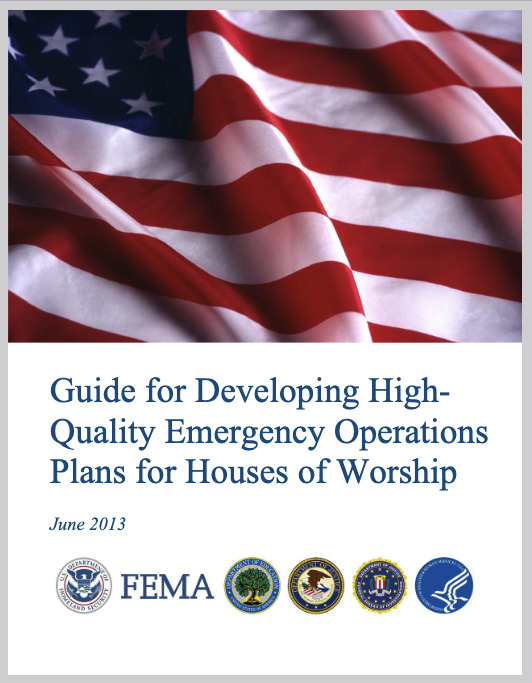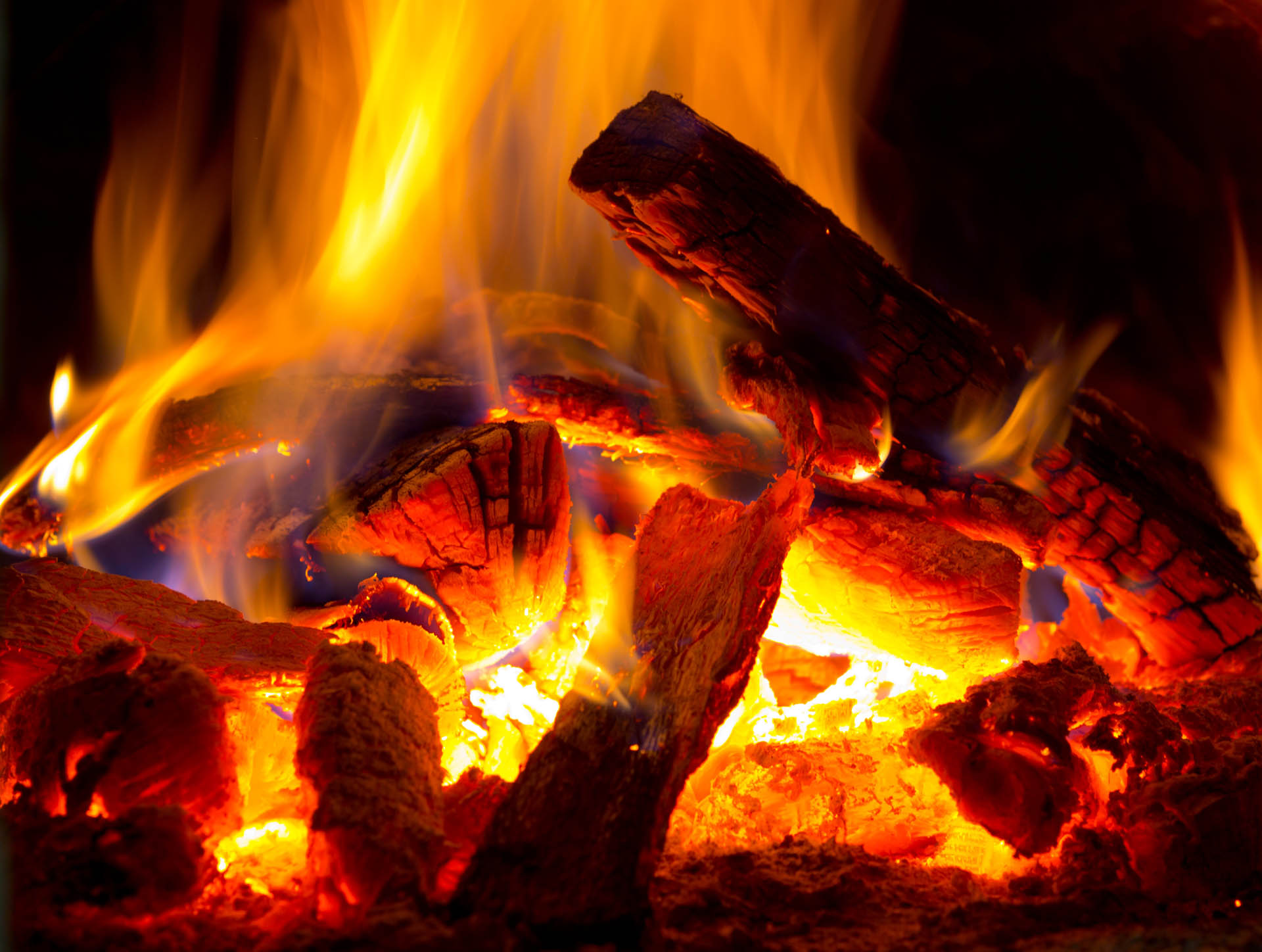
Websites with more resources
Church Mutual Severe Weather Preparedness
Religious-Community-As-Disaster-Educator
Pandemic-Influenza-Preparedness-Checklist
How-Congregations-Can-Care-After-Disaster
Emergency-Action-and-Recovery-Plan-for-Religious-Organizations
https://alertfind.com/church-emergency-preparedness-resources/
Need something else?
Need another resource? Looking for advice? Please contact
Robert “Bob” Miller
Disaster Response Coordinator
[email protected]
734-439-2421
Is your church prepared?
Lightning, wind and hail, tornadoes and floods, severe winter weather are all part of living in Michigan. Every house of worship need to be prepared for unexpected disasters.
Having a plan in place is essential. Preparation can make sure your organization is ready before the weather takes a turn for the worse. To help your congregation reduce the chance of damage and destruction, we have compiled information that can make one of the hardest days a church can have a little easier.
Church-Staff-Membership (Individual, Family, Special Needs)-Community-Communities in Need
- Statement of purpose (How does this plan fit in with the mission of the church and local community resources?)
- Types of Risks that are likely to occur in your community
- Assignment of responsibility (This will include covering a variety of tasks such as working with volunteers to gathering of the important papers and insurance.
- Action Plans (What services will be provided and what will they entail? Storage, Use of Building, Volunteers, etc.
- How do we mange the people who want to help? (Prior training, on-the-job training, spontaneous volunteers (SUV’s, etc.)
- A means of communicating with congregation and the surrounding community.
- Review the top risks and educate yourself on those risk
- Anticipate what might happen and determine how to minimize or react
- Learn the Conference Communication Plan and when it should be used
- Establish a Church Disaster Coordinator
- Determine what your church can or cannot do
- Work with the local Emergency Management Agency (EMA) director in coordinating plans
- Work with nearby churches of all faiths
- If there is a Community Organizations Active in Disaster (COAD) in your county or town, join with them.
- Work with the District Disaster Coordinator
- Plan, educate, and prepare for disaster incidents
- You and your Family (Disaster Kit, Evacuation Kit, etc.)
- Workplace Planning
- Special Needs People, whether physical, cognitive, or emotional; whether permanent or temporary — are among those who are especially vulnerable to disasters if planning and development of support networks has not been completed.
- Church schools and the community
- Evacuation
- Develop a action plan for your family, business, church, and community to provide more control of your welfare.
- Share your completed church disaster plan with the District Disaster Coordinator
- Maintain your action plan of what to do and who will do it after the disaster
- Review your plan periodically.
Last Updated on September 25, 2023

